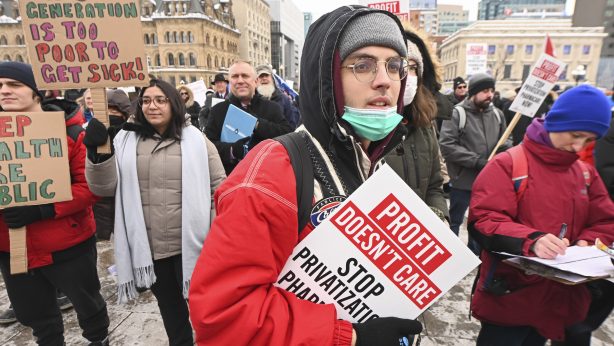Attack on Alberta Health Services reveals the failings of surgery privatization
These were the words of Premier Danielle Smith at a February 19 press conference addressing corruption allegations:
“It doesn’t seem to matter how much (sic) additional dollars we give to AHS, they’re not increasing the number of surgeries that they’re doing. That’s the reason we are using chartered surgical facilities and we’ll continue to.”
Meant to discredit and undermine Alberta Health Services, Smith’s words unintentionally shine a spotlight on additional red flags and potential contract irregularities in the government’s for-profit surgical initiative.
Analysis of publicly available data in my new research report, Operation Profit, found no evidence to support Premier Smith’s claim. In fact, the research shows the opposite to be true.
Chartered surgical facilities — that is, for-profit clinics — receive public money through the province’s Alberta Surgical Initiative (ASI). Since the inception of the ASI in 2019, there has been only one year of increased provincial spending on public operating rooms. In that year (2022-23), funding increased by 14 per cent and the number of AHS-delivered surgeries increased by 13 per cent.
In every year of the ASI when public operating rooms experienced spending cuts, surgical volumes went down. No surprise there: no boost in funding, no increase in volumes.
The premier’s words hold a grain of truth: someone has been receiving more funding and not delivering results — just not AHS. Public funding to for-profit facilities increased every year from 2018-19 to 2023-24. But, in 2022-23, something strange happened: public funding to for-profit facilities increased by three per cent, yet surgical volumes in for-profit facilities declined by eight per cent.
What’s going on?
Contracted for-profit facilities may only bill AHS for services provided. If volumes decrease in contracted facilities, payments would be expected to decline as well — unless facilities are being paid for services they did not deliver.
This concern was raised by the former AHS CEO who was removed by the government in January 2025 and came forward with allegations of political interference in surgical contract negotiations, claiming that the government pressured AHS to accept inflated prices.
The government’s persistent attack on the public health authority has also revealed the relative cost of private, for-profit health care when investors are in the mix.
On February 21, The Globe and Mail revealed that hip, knee, and shoulder procedure costs in for-profit facilities were 57 to 133 per cent more expensive than the same procedures performed in public hospitals.
So far, it appears that ASI has come with a price tag of $154 million paid for by taxpayers. This only includes the “facility fees” and does not account for the procedure fees billed by surgeons to the public plan.
What did this buy Alberta, you might ask?
Between 2019-20 and 2023-24, the number of scheduled procedures performed in for-profit CSFs increased by 55 per cent (32,243 to 50,042 procedures) while hospital surgical activity declined by one per cent (175,608 to 174,302 procedures).
After pouring $154 million in public funding to pay investors to build the new surgical spaces while public operating rooms are sitting idle (public assets that Albertans have already paid for), the ASI only added 16,493 of the least-complex procedures to the province’s surgical capacity — an eight per cent volume increase. The ASI simply shifted surgical activity to for-profit facilities at the expense of public hospitals.
The troubling reality is that surgical activity in public operating rooms — the only setting where more complex, life-saving surgeries are performed — remains below pre-pandemic levels.
Stay in the loop—subscribe to our newsletter and follow us on social media for the latest updates on public health care in Canada
The Alberta government claims that greater for-profit involvement is reducing wait times, but generally, the data do not support this claim either. Median wait times are longer for nine of 11 priority procedures tracked by the Canadian Institute for Health Information, including knee replacements and all cancer surgeries.
While it may be politically convenient to blame AHS, responsibility the poor performance, high costs, and potential irregularities sits squarely with the government.

This guest commentary was first published by the Edmonton Journal on April 4, 2025.


